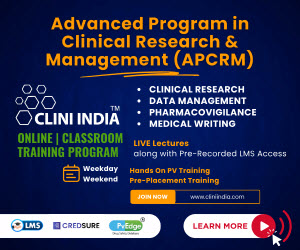About Authors: Pratham Rathore *[1], Dhaval Patel [1], Vipin Rastogi [2]
1. School of Pharmaceutical Sciences,
Jaipur National University, Jaipur -302025, (Rajasthan.), India
2. Nariender Mohan hospital and heart center,
Ghaziabad, (Uttar Pradesh), India
ABSTRACT: Inpresent study,the current status of nosocomial infection, rate of infection and distribution of infectionwas analysed in patients admitted in MICU of a multispecialty hospital.Clinical data were collected from patients that presented with symptoms of nosocomial infection in MICU. We examined of 128 patients who were admitted in Nariender mohan hospital, Ghaziabad from August 2010 to May 2011. The research approach adopted in the study was a retrospective method. Incidence of nosocomial infections in M.I.C.U patients was 10.93% (14/128 patients). Urinary tract infection (42.85%) was the most frequent; followed by Lower respiratory infection (14.28%), surgical site infection (14.28%), Gastroenteritis (14.28%), Blood stream infection and Meningitis (7.14%). The nosocomial infection was seen more in the 40 to 60 year of age. The male was more prone to nosocomial infections than the female. Nosocomial infections are common in geriatric patients in the MICU setting. More studies are needed to be carried out in Indian population to plan long term strategies for prevention and management of nosocomial infections.











.png)

